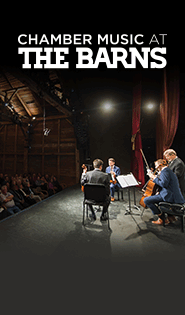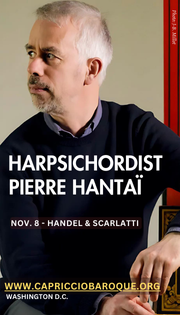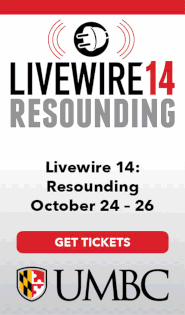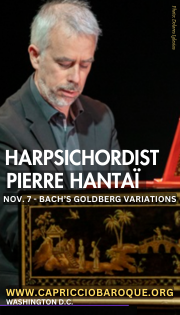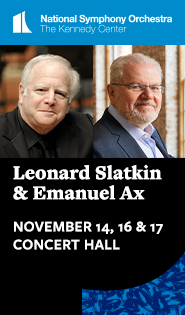Noseda lights a fire in first subscription concert with National Symphony
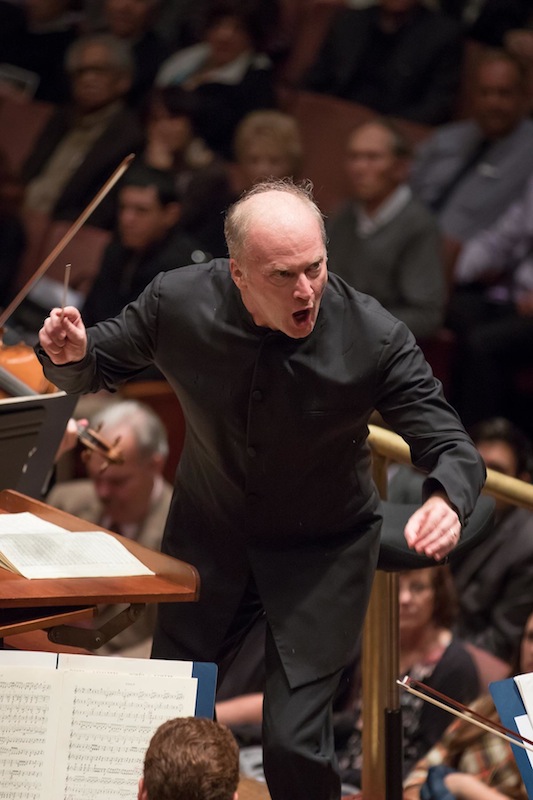
Gianandrea Noseda conducted the National Symphony Orchestra in music of Webern, Dallapiccola and Beethoven Thursday night at the Kennedy Center. Photo: Scott Suchman
Gianandrea Noseda began his tenure as music director of the National Symphony Orchestra in September with a lightweight Bernstein program for the season opening gala. His real work with the orchestra, however, began Thursday night in his first subscription concert, a program that was crafted entirely by him and of which he spoke with great conviction, taking up a microphone after the first piece.
If this truly excellent concert is a harbinger of things to come, the Noseda era is going to be a thrill ride for listeners.
The evening opened with two of the more adventurous works on tap this season: Anton Webern’s Passacaglia, from 1908, and Luigi Dallapiccola’s Partita, from 1932. Both are numbered Opus 1 by their composers, prompting Noseda to joke, “Two opus ones for my first night!” Leonard Slatkin was the last to conduct the former piece, back in 2001, and the NSO gave its first performances of the latter, a rare work recorded for the first time by Noseda himself in 2010.
The Passacaglia opened quietly, with the repeating bass pattern stated by pizzicato strings and then taken over by soft harp notes. When the piece launched into its first fast section, Noseda lurched with such energy he almost fell off the stool he is using now to ease himself back into conducting, following his back surgery over the summer. Snatches of the economic, sublimated style of the later Webern came across in the languorous middle section, where suave solos popped out of the richly orchestrated texture, with some struggles in the French horn part’s rather high notes.
Dallapiccola’s Partita, written in memory of Italian pianist Ernesto Consolo, is a delight to discover, its first movement opening as a tense, threatening march, cast in the same passacaglia form as Webern. The orchestration is masterful in its colorful variety, especially for a composer still in his 20s, and Noseda engineered a brilliant crescendo of sound to the movement’s climax. As the movement subsided, deep sounds in percussion and keyboard instruments evoked the rumble of distant thunder.
Noseda gave a manic energy to the second movement, “Burlesca,” which percolated in a frenzy interrupted only by longing woodwind solos in a slow central section. The third movement featured elegant solos across the orchestra, over the backdrop of a chilling string tremolo, which was then punctuated by a brilliant fanfare from the brass.
Soprano Corinne Winters strode onto the stage in the closing moments of the third movement, and her gentle voice, plummy with maternal warmth, was the highlight of the piece. Her mezzo-like darkness, covered yet glowing and sheltered from the orchestra by Noseda, suited this “Naenia,” a lullaby sung by the Virgin Mary to Latin words.
Ironically Noseda gave the most familiar piece of the evening, Beethoven’s Symphony No. 3, the least conventional interpretation. Very little about this “Eroica” went as expected, with a surprise around every corner. Not only were the tempos extremely fast, bristling with jagged verve, but Noseda kept them strict without being mechanical. The climactic dissonant chords of the first movement, for example, were among the many shifts of rhythmic emphasis that fell exactly into place, with no slowing down to spoil the mathematical precision of Beethoven’s design.
Noseda also paid particular attention to dynamic balances, so that soft sections were truly soft, which made the loud sections and biting accents stand out even more. One fine example was the reduction of sound at the end of the development in the first movement, laying the groundwork for that charming “early entrance” of the second horn just before the actual recapitulation.
A long pause before the second movement cleared the room of noise before a dramatic reading of the funeral march, set at a somber, stately pace. The music never turned ponderous because of Noseda’s attention to detail and some truly excellent playing all around the stage, especially from the reduced strings. The third movement, blazingly fast, was ultra-sly, the softness of the opening putting the crashing loud parts, including the wonderful horns in the trio, into strong relief.
The sheer speed of the finale seemed unsustainable, with Noseda’s wild beat at fast tempos leading to some ensemble raggedness, but he somehow held the breathless playing together. The impetuous style of the Allegro molto made the much slower “Poco Andante” section stand out in contrast, and a whiff of powerful nostalgia bloomed as a result, something like a wistful attempt to hold onto something ephemeral. In his very first subscription concert as music director, Gianandrea Noseda has already achieved something prodigious, investing Beethoven’s revolutionary symphony with the ability to shock and surprise.
The program will be repeated 8 p.m. Saturday. kennedy-center.org; 202-467-4600.
